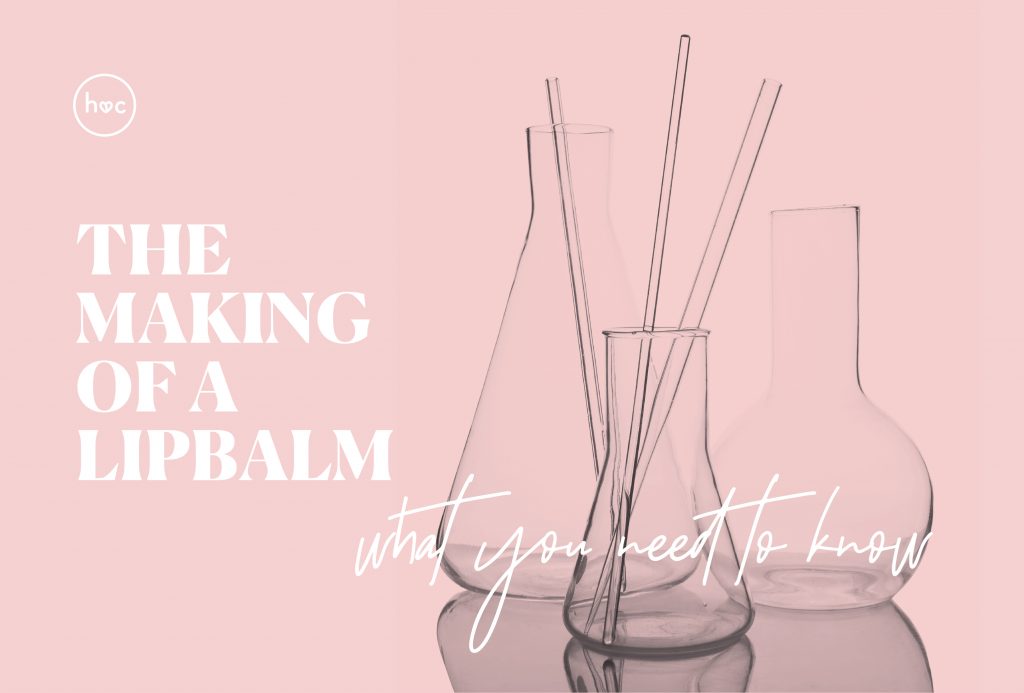The Making of A Lip Balm

The skin on our lips is different from the rest of our face.
If you are chronically chapped, you will know that not all lip balms are made equal, although they might all look or feel similar.
Good vs Great
A great lip balm provides more than temporary relief. It will
- Form a protective barrier
Shields against the environmental elements
- Condition lips
Eliminates cracks/flakiness/dryness
- Attract water
Directly increases lip’s moisture levels
- Be free of potential skin irritants
Avoid common irritants as lips are particularly thin and thus extra vulnerable
What to look out for
Since balms are purely made out of oils, a great lip balm will contain a variety of oils to achieve everything discussed above.
- Barrier-forming occlusives
Waxy/heavy emollients – beeswax and its derivatives
- Nourishing and softening oils
Rich but fluid oils (at room temperature) – castor, jojoba, coconut oil
- Dual-purpose emollients
Also act as humectants to increase water content – lanolin and its derivatives
Additionally, it is also free of
- Fragrances and flavours
Natural essential oils – mint (peppermint, spearmint), eucalyptus, cinnamon, grapefruit, orange, lemon oils
Synthetic fragrances or flavours - Cooling agents
Gives a cooling sensation – menthol, camphor, phenol
The Exceptional Balm
The best lip balm is precisely formulated to include and exclude particular materials.
If you don’t feel like sieving through ingredient list after list, look no further than The Lipguard. With an intelligent fusion of oils, it is everything an exceptional balm should be.


